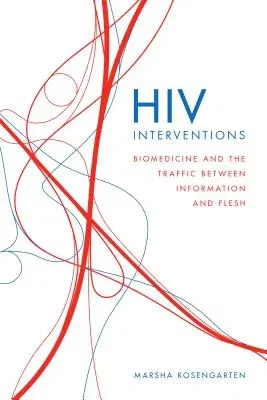Winner of the Sociology of Health and Illness Book Prize
HIV has changed in the presence of recent biomedical technologies. In
particular, the development of anti-retroviral therapies (ARVs) for the
treatment of HIV was a significant landmark in the history of the
disease. Treatment with ARV drug regimens, which began in 1996, has
enabled many thousands to live with the human immunodeficiency virus
without progressing to AIDS. Yet ARVs have also been fraught with
problems of regimen compliance, viral resistance, and iatrogenic
disease. Besides intensifying the technological and ethical complexities
of medicine, the drugs have also affected conceptions of risk and risk
practices, in turn presenting new challenges for prevention.
In order to devise safer, more effective forms of treatment, prevention,
and possibly cure, Marsha Rosengarten asserts, it is essential to
understand the relationship between HIV, medical technologies, and ideas
about the body. HIV is an entity that constitutes and is constituted by
complex material and informational environments. Recognition of this
two-way traffic between the medical science of HIV and the expression of
HIV in individuals and societies provides a novel basis for devising new
or supplementary modes of thinking about and intervening in the
epidemic.
Through such diverse materials as drug advertisements, pill
formulations, scientific articles, clinical trials, diagnostic test
results, and viral imaging as well as interviews with those living and
working with HIV, Rosengarten provides numerous demonstrations of how
the entities comprising the HIV epidemic - bodies, viral resistance,
diagnostic results, safe sex - are forged through dynamic relations.
These various phenomena challenge existing prevention models and raise
social and ethical concerns about the impact of additional technologies
such as HIV pre- and post-exposure prophylaxis and the promise of
vaccines and microbicides.
HIV Interventions is relevant to those engaged in questions of the
social and ethical dimensions of biomedicine, biotechnology, and
genomics. Further, the specific focus of the project offers HIV
practitioners - in the sciences and social sciences, in clinical
research, clinical practice, social research, policy development and
prevention education - new perspectives and analytic tools for
intercepting a virus that continues to endure and, most critically, to
change in the course of doing so.

